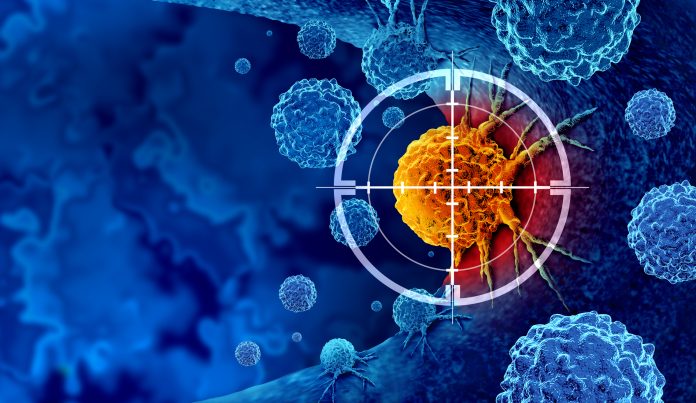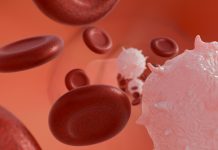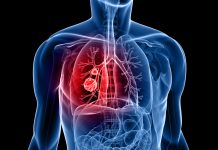Digital Pathology: The biotech company Roche is receiving support towards its efforts to advance cancer diagnosis, as the U.S. Food and Drug Administration (FDA) granted Breakthrough Device Designation to its new artificial intelligence-powered companion diagnostic device, the VENTANA® TROP2 (EPR20043) RxDx
This support represents a huge step forward in computational pathology and personalised cancer care, particularly for patients with non-small cell lung cancer (NSCLC).
The future of cancer care and digital pathology
The device is the first of its kind, a diagnostic combining immunohistochemistry (IHC) staining with artificial intelligence-based image analysis, to receive this FDA recognition.
It is designed to help identify patients with previously treated, advanced or metastatic non-squamous NSCLC who are most likely to benefit from treatment with DATROWAY® (datopotamab deruxtecan-dlnk), a TROP2-directed antibody-drug conjugate developed by Daiichi Sankyo and AstraZeneca.
The VENTANA TROP2 (EPR20043) RxDx Device consists of several components integrated into a computational pathology system. These include the TROP2 IHC assay, Roche Digital Pathology scanners, the navify® Digital Pathology Image Management System, and a specialised algorithm. All work together to analyse digitised slides of tumour tissue, producing a quantitative score that reflects TROP2 protein expression in the cells.
Advancing NSCLC diagnosis with digital algorithms
Digital algorithm is a key part of this design as it evaluates whole-slide images of NSCLC tissue stained for TROP2. This algorithm uses Quantitative Continuous Scoring (QCS), a proprietary technology from AstraZeneca, to deliver precise and reproducible analysis that outperforms traditional manual scoring techniques.
The method involves identifying tumour cells and measuring TROP2 expression intensity in the cell membrane and cytoplasm. Based on a pre-set threshold, these measurements are then used to calculate a Normalised Membrane Ratio (NMR) score, which determines whether a tumour is classified as TROP2-positive or negative.
Using AI with pathologist expertise for better accuracy
This advanced level of diagnostic precision helps ensure that treatment decisions are personalised to the individual characteristics of each patient’s cancer. In clinical practice, the tool is used with traditional histological review by a qualified pathologist, who assesses staining quality and sample adequacy before the AI algorithm computes the final TROP2 score.
The FDA’s Breakthrough Device Designation is reserved for technologies that diagnose or treat life-threatening or irreversibly debilitating diseases more effectively. It also provides a streamlined review process to accelerate access for patients. In this case, the designation can potentially speed up the availability of the TROP2 companion diagnostic, allowing faster and more accurate identification of patients who could benefit from DATROWAY therapy.
This development works with Roche’s plan to lead personalised healthcare by combining diagnostics, pharmaceuticals, and cutting-edge digital tools. The company has always been a pioneer in both in vitro and companion diagnostics, and this latest innovation reinforces its commitment to using technology to enhance clinical outcomes.
AI’s role in shaping precision diagnosis
By integrating artificial intelligence into diagnostic workflows, Roche and its partners aim to make personalised treatment decisions more accurate and accessible. This approach shows a growing trend in oncology, where precision medicine is increasingly driven by data-rich analysis and digital innovation.
As the global leader in biotechnology and diagnostics, Roche continues to explore novel ways to advance cancer care and the future of Digital Pathology. The VENTANA TROP2 (EPR20043) RxDx Device is a strong example of how AI-powered diagnostics are shaping the future of medicine, offering hope for more tailored and effective cancer therapies.











